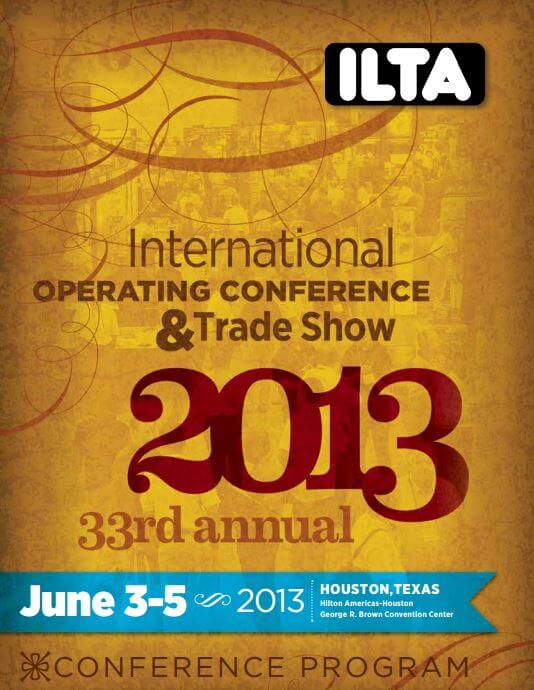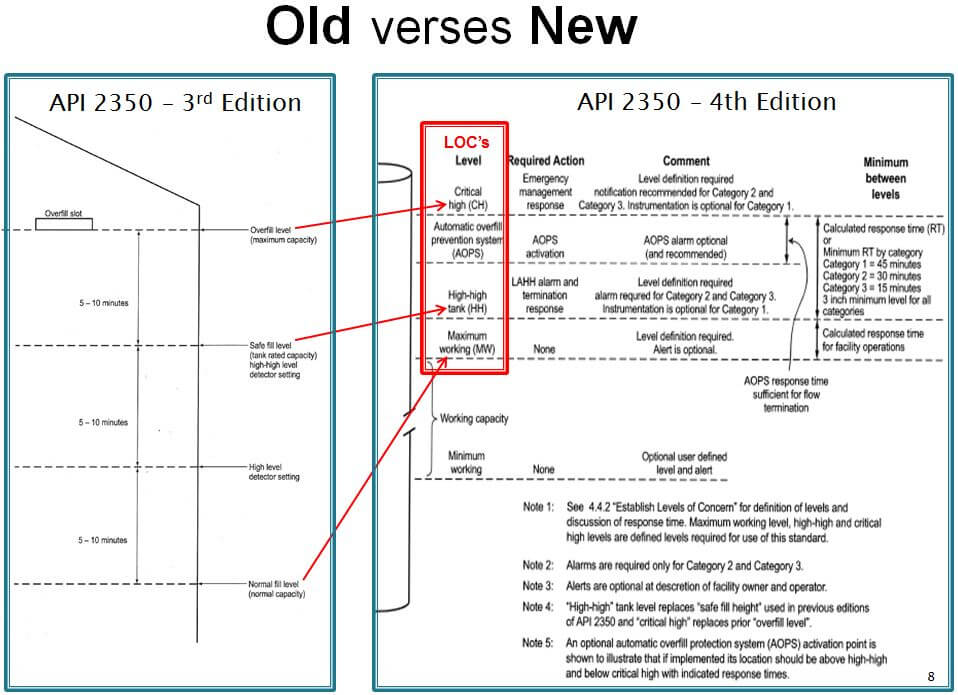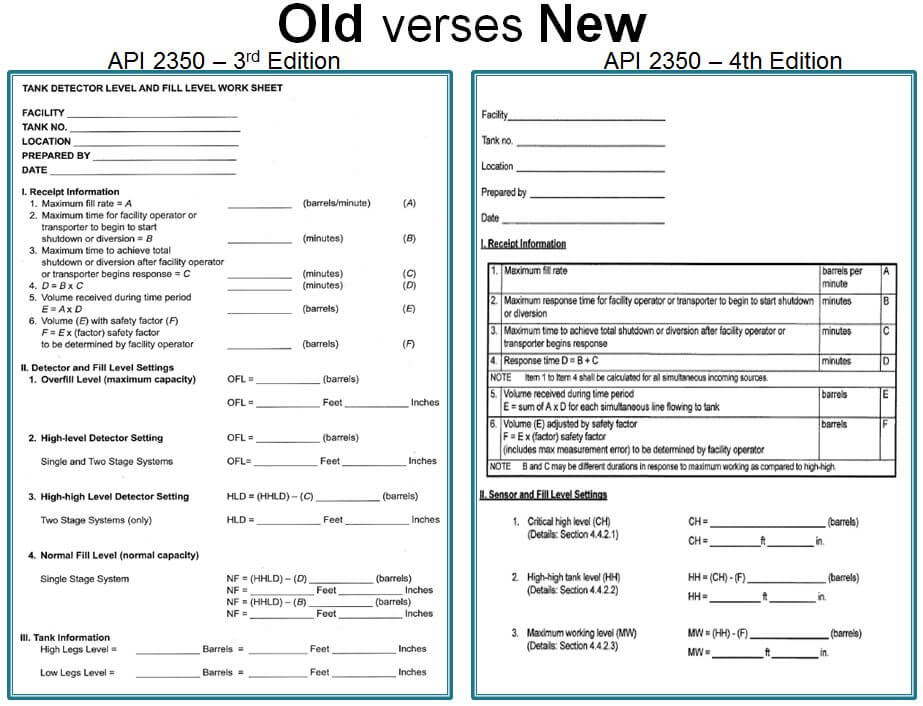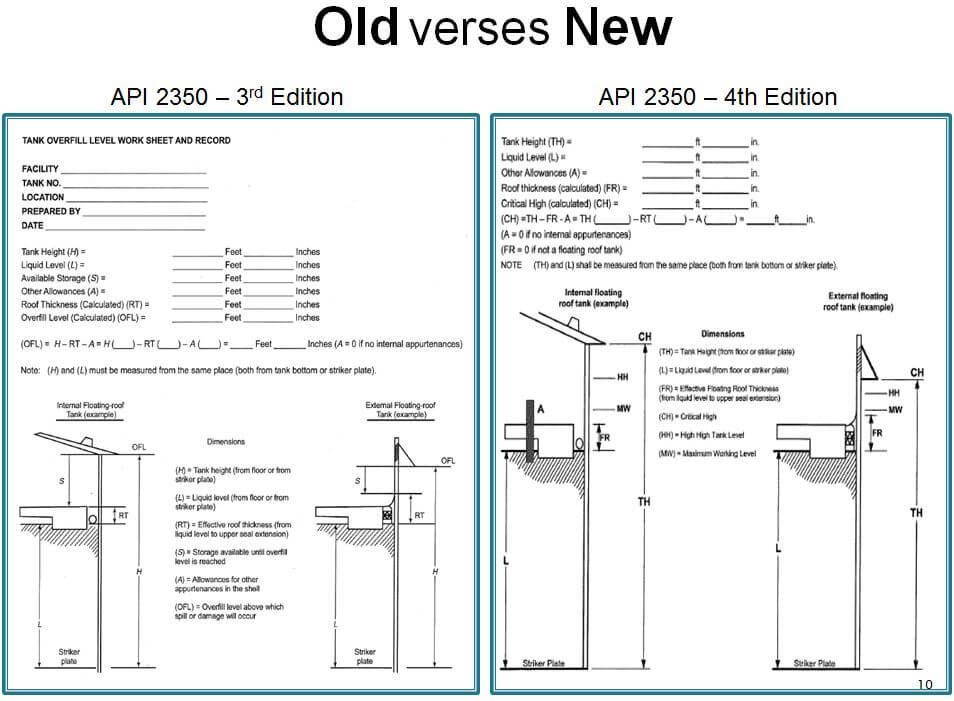 Hi—Chris Womack here again. In today’s guest post, I’m back to talking about overfill protection and terminals.
Hi—Chris Womack here again. In today’s guest post, I’m back to talking about overfill protection and terminals.
 Specifically, I’m discussing a recent presentation that Emerson Global Sales Manager Johan Sandberg delivered to around 200 people at the June 4 International Liquid Terminals Association meeting in Houston. It’s about what’s most relevant for terminals in the fourth-edition update of API 2350, the American Petroleum Institute’s industry standard for overfill protection of storage tanks. It’s titled “Highlights from a Terminal Perspective,” and it’s a short n’ sweet wrap-up.
Specifically, I’m discussing a recent presentation that Emerson Global Sales Manager Johan Sandberg delivered to around 200 people at the June 4 International Liquid Terminals Association meeting in Houston. It’s about what’s most relevant for terminals in the fourth-edition update of API 2350, the American Petroleum Institute’s industry standard for overfill protection of storage tanks. It’s titled “Highlights from a Terminal Perspective,” and it’s a short n’ sweet wrap-up.
But in case you need an API 2350 refresher, take a look through this nice “microsite” that Emerson put together on the topic. Jim talks a bit about that guide in a post from early this year, in fact. (And if you’re interested in the details behind the theme “There’s no reward for risk takers,” check out Jim’s post from March about Rikard Lövdahl‘s presentation.)
The gist of Johan’s presentation is that API 2350’s fourth edition includes a few changes intended to improve safety and simplify terminology. For terminals, the most important changes include newly required management systems, changes to risk assessment, and new standard terms for fill levels, as well as new standard documents. I’ll quickly go through each of these.
First the big one, the management system. The new standard doesn’t say how to implement it, but it does define what it needs to be able to do. Adding to the documented operating procedures in API 2350’s third edition, the new one requires safety and emergency response procedures too.
Alongside that, it requires specific training for operations and technical personnel, a scheduled inspection and maintenance program, and a management-of-change process. Additionally, there must be a system to identify, investigate, and communicate “near misses.”
Crucially, the delivery and receipt operators have to know how communication is going to function, says Johan. And since the new standard doesn’t specify how to implement these changes, the owner/operator is free to incorporate existing procedures into a final management system. Find the details in API 2350‘s Annex B.
Concerning risk assessment, the updated industry standard again doesn’t say how to implement changes. What it does require is a site-specific, complete risk assessment for “any possible product flow to and from a tank, including all associated processes” in Johan’s words.
These could involve emergency response considerations for “foreign” pipelines, any flow-rate changes, valve line-up paths, tank-to-tank transfers, offloading, and risks specific to marine conditions, such as those related to motor-operated valves (MOVs). For the details, refer to API 2350 Annex E.
About the new terminology and documents, say goodbye to “overfill,” “safe fill,” and “normal fill” levels. These are now “critical high (CH),” “high-high (HH),” and “maximum working (MW)” levels. Here’s a screenshot from Johan’s presentation for clarity.
And instead of my description of changes to the relevant documents, here are screenshots of those too, also from Johan. First the Tank Detector Level and Fill Level Work Sheet.
And now the Tank Overfill Level Work Sheet and Record.
Those are the basics, but be sure to dig into the details to bring up your terminals up to speed with the new requirements.








